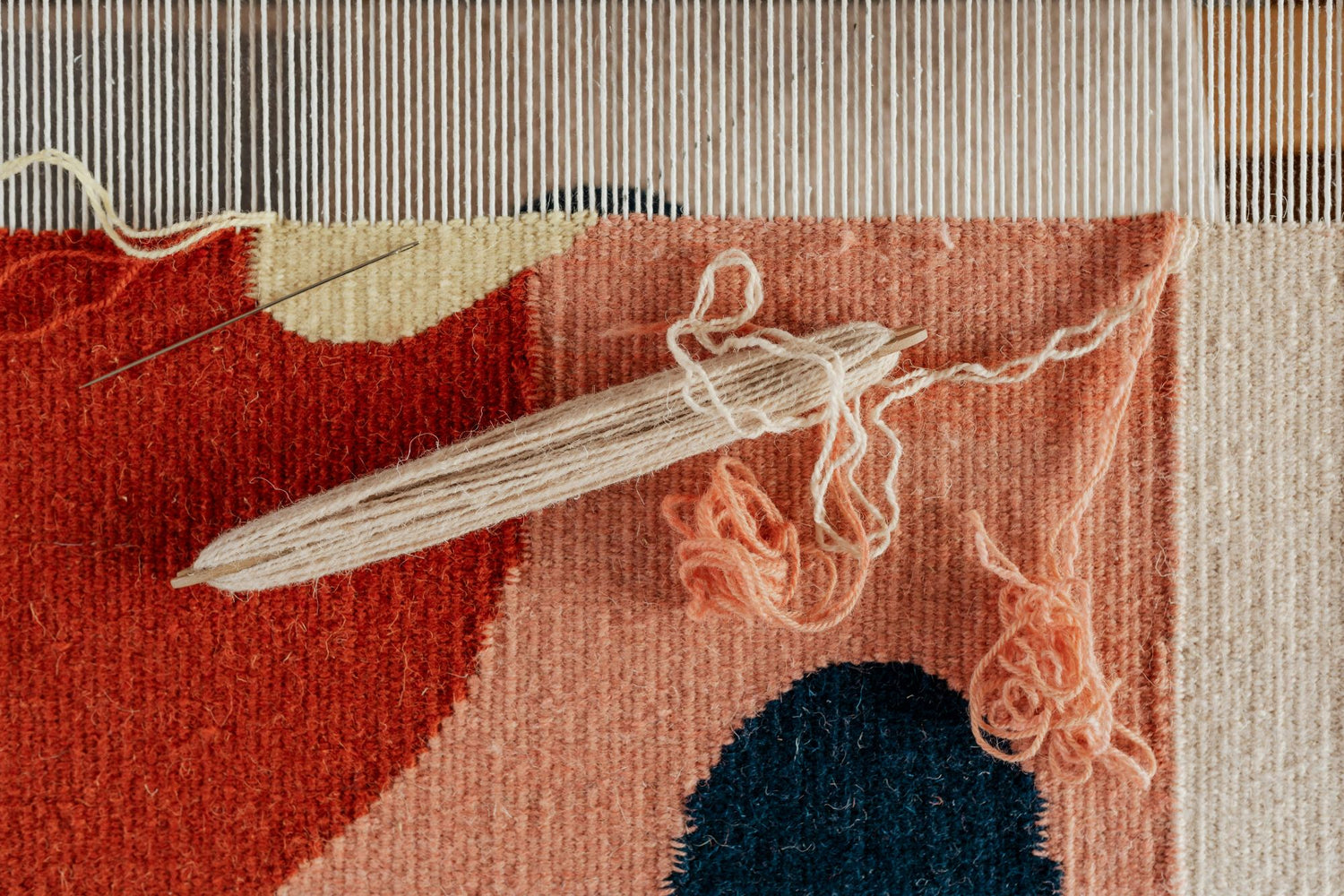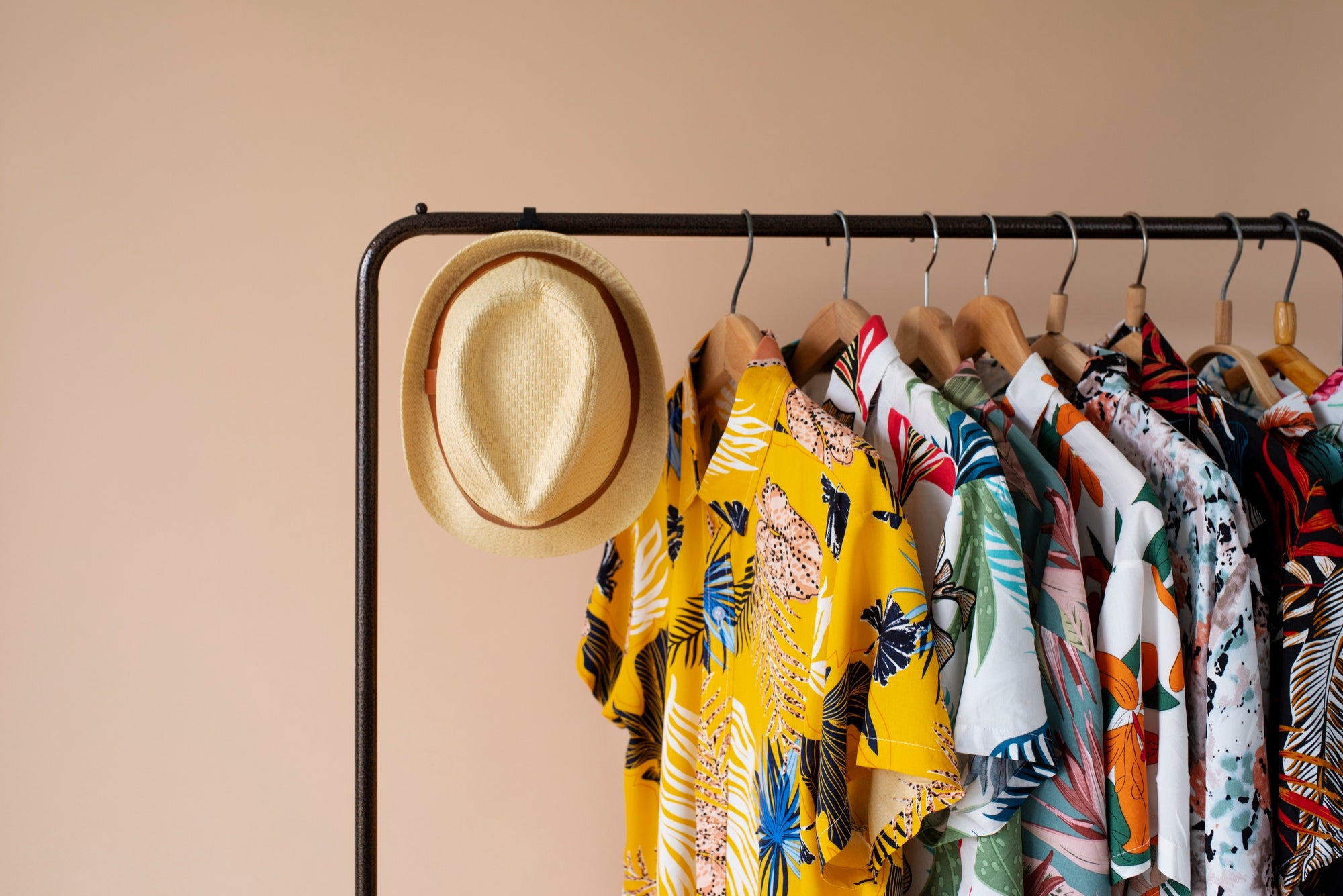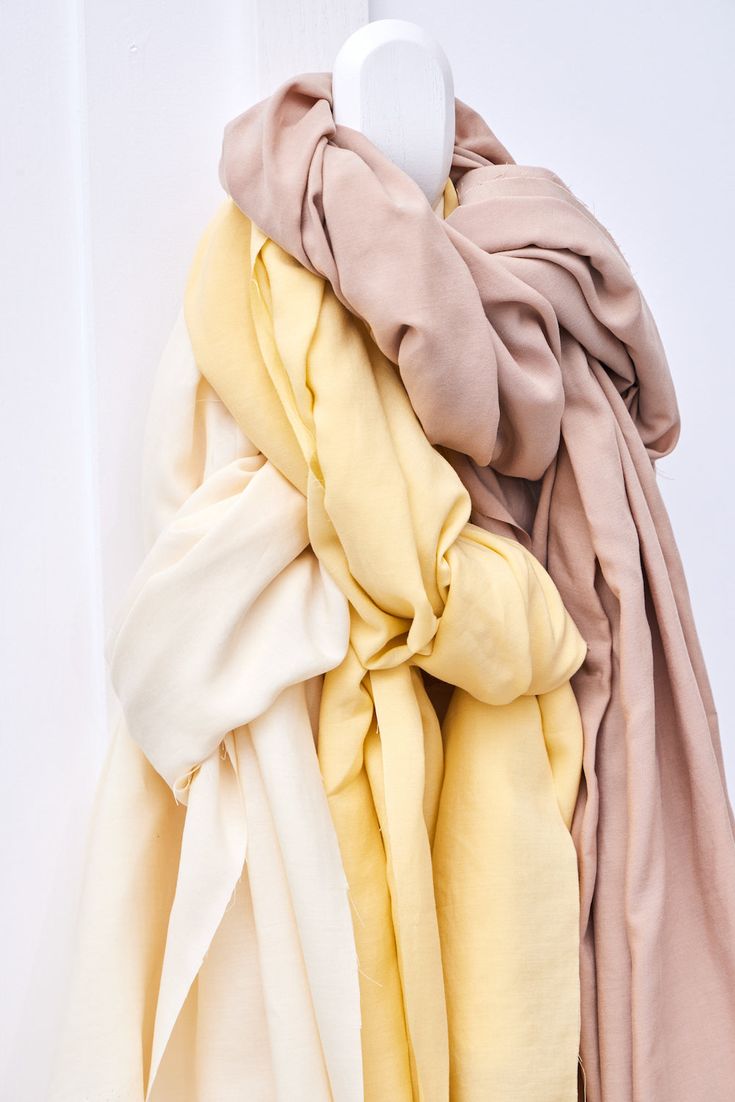Weaving is vast and ancient craft of forming fabric by using yarns, it also forms intricate art with numerous specialized techniques. There are a set of two yarns to form fabric, these two types of yarn are called warp yarn and the other one is weft yarn. Let’s learn a bit about warp and weft.

Warp
Threads that are longitudinal or vertically interlaced to make fabric are warp yarns. More technical names are ends.
Weft
Threads that are latitudinal or horizontally intertwined are weft yarns. Weft threads are frequently referred to as filling. Picks Are the more technical name of the weft.
Often confused between warp and weft yarns, let me help you, always remember Weft is Left.
Methods of making fabric

Three types of methods are there for the process of making fabric:
- Woven
- Knitted
- Non-woven fabric (felt making)
Woven:
The most ancient and used method where threads are placed perpendicular to one another to form fabric on a loom is woven fabric. This is a most used and traditional method; now most woven fabrics are made on machines which is now computerized. Woven fabrics can be made in different types of weave styles. Each style has its own advantage.
Knitted:
Instead of interlacing, mesh continuous loops of yarns (warp and weft) are in knitted fabric which makes the material stretchable. Comparatively, knitting is much faster than weaving because the fabric can be manufactured on a single knitted machine. There is a warp knit in which the yarns interlock vertically and, a weft knit in which yarns interlock horizontally, and if both knits are there then it is double-knitted fabric.
Non-woven fabric:
They are produced by chemical processes. Non-woven fabrics are neither woven nor knitted. The long and short fibers bonded together through heat and solvent treatment and turn into sheets. This type of fabric doesn’t have patterns of yarns (Warp and Weft).
Techniques of weavings

- Hand weaving
- Power loom weaving
- Complex weaving
- Decorative weaving
- Functional weaving
- Technical weaving
Weaving Types
Plain, Satin, and Twill are the three main types of weave others are the variations of these three weaves. Let’s take a closer look at the weaves and the variations of weaves.
1. Plain weave
It forms a pattern of simple, flatness with a uniform surface. The warp and weft threads cross at a right angle, weft thread crosses the warp thread by going over one, then under the next. The next weft thread goes under the wrap and then goes over the next or vice versa and continues the process to make a plain weave.

Variations of Plain weaves
There are several variations of plain weaves, here are the main variations of plain weave:
- Basket Weave
- Linen weave
- Rib Weave
- Satinette Weave
- Pique weave
- Seersucker weave
Features of Plain Weaves
- Provides an excellent base for printing and dyeing because of smooth weave structure.
- Similar design on both sides of the fabric.
- Most durable due to interlacing of yarns.
- The density of yarns is limited.
Fabrics made with plain weaves
Possibly 50-60 percent of fabric is made from plain weaves. There are many other blends of fibers and fabric in which plain weave is used. Sometimes plain weave is called cotton, tabby, or taffeta weave.
2. Satin weave
Weaves which are made with lustrous material, have a smooth and glossy look from the top and dull from the back of it. The warp or weft yarn stays on the surface over four or more of the opposite yarn. The top surface yarn then passes under one of the opposite yarn before redoing the process. The long-distance between the mesh yarns creates a glossy and lustrous appearance on the fabric.
Satin is usually a wrap-faced weaving technique but sometimes we can see weft-faced satin also.

Variations of Satin weaves
- 4 Harness Satin weave (4HS or Crowfoot satin)
- 5 Harness Satin weave (5HS)
- 8 Harness Satin weave (8HS)
- Warp-faced Satin weave
- Weft faced Satin weave
Features of Satin weaves
- Long floating yarns on fabric create a glossy finish.
- Satin is generally strong and durable despite having a delicate appearance.
- Fabrics made with satin weave have a natural stretch.
Fabrics made with Satin weaves
There are blends of fibers or fabrics made with satin weave.
- Duchesse satin – a blend of silk and polyester
- Charmeuse – usually made with silk, polyester, and rayon.
- Crepe-back Satin - made with silk and synthetic fiber.
- Silk satin
- Polyester satin
- Cotton satin
3. Twill weave
Twill weave is the most used weave in production and textiles—a pattern of diagonal lines. Weft yarn passes under and over several warp yarns, resulting in durable and textured fabric.

Variations of Twill weaves
There are three main types of twill variations.
- Herringbone twill
- Regular twill
- Satin twill
Other variations of twill weave.
- Serge twill
- Gabardine twill
- Drill twill
Features of Twill weaves
- Has less interlacing than plain weave, and is wrinkle-resistant.
- Produces diagonal lines.
Fabrics made with Twill weaves
There are blends of fiber and fabric but twill weave is frequently used for Cotton and Wool.
- Tweed Fabric (wool)
- Rayon – blend with synthetic fiber
- Flannel – a blend of cotton and silk
- Denim
Specialized Weaving Techniques
The most prominent and widely used weaving techniques are often mistaken as a type of weave. Unlike other types and techniques of weaving, they create intricate patterns in fabrics.

Jacquard weaving technique
For high-end fabrics it allows detailed patterns which are complex to be woven into fabrics. Used in creating different and unique designs. Works on all types of fabrics but brocade, damask, and brocatelle are majorly produced with this technique, giving a luxurious feel to the fabric.
Dobby weaving techniques
Dobby is almost identical to jacquard weaving techniques but is typically used to create repetitive and small-size patterns, helping to create texture on fabrics.
Tapestry weaving technique
Creates intricate designs and pictures using colored weft yarns. In this warp yarns are completely hidden, design is entirely formed by weft-colored yarns. The tapestry weaving technique produces weft-faced fabric.
Ikat weaving techniques
Yarns are dyed before being woven into fabric. Intricate and geometric patterns with blurriness are the identification of the ikat weave. Ikat is often expensive when it has multiple colors, complicated patterns, and little blurriness.




